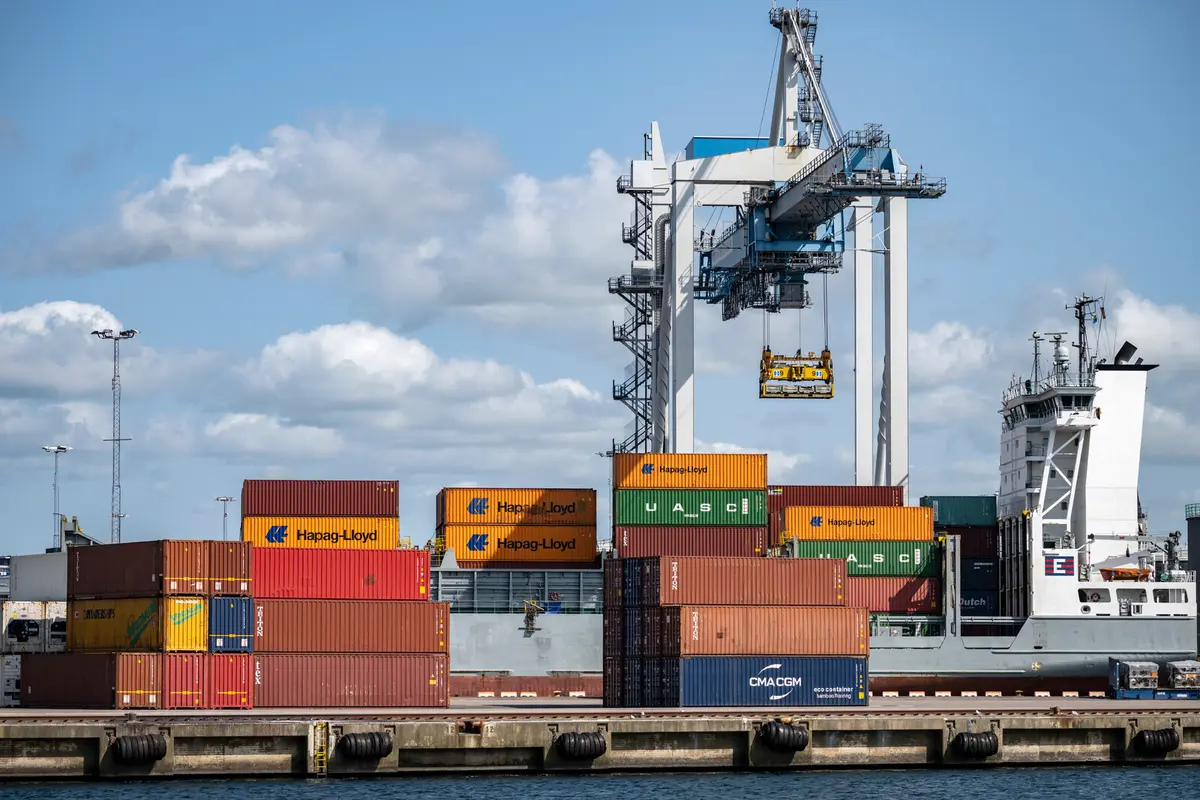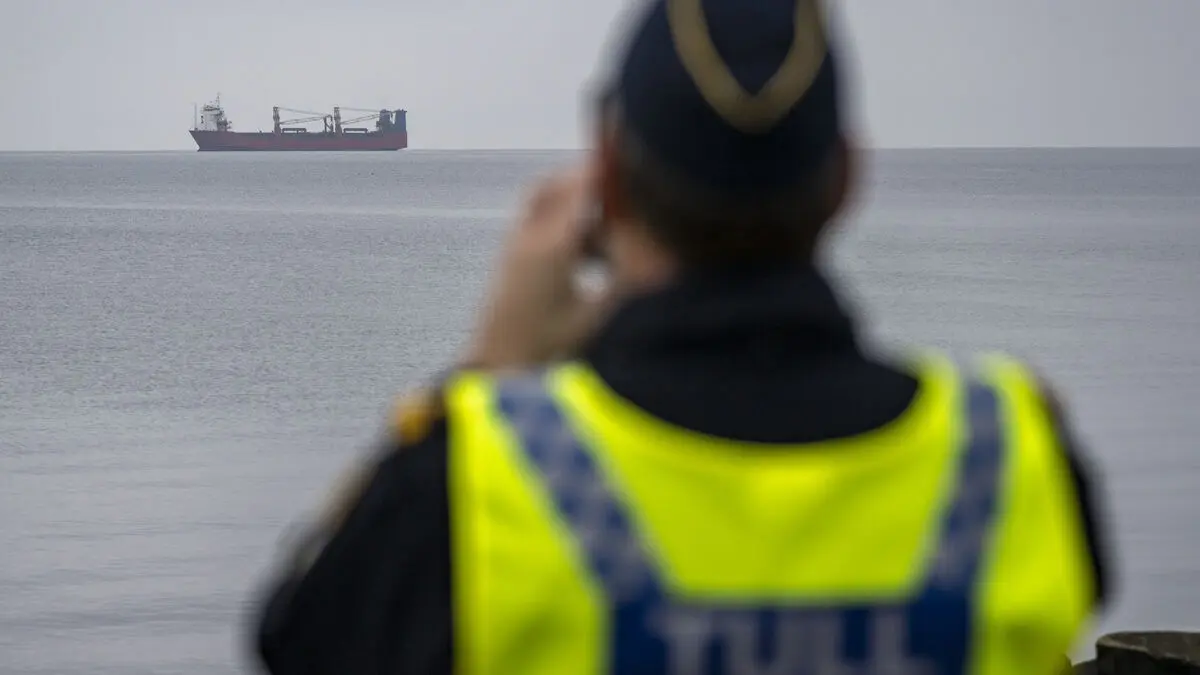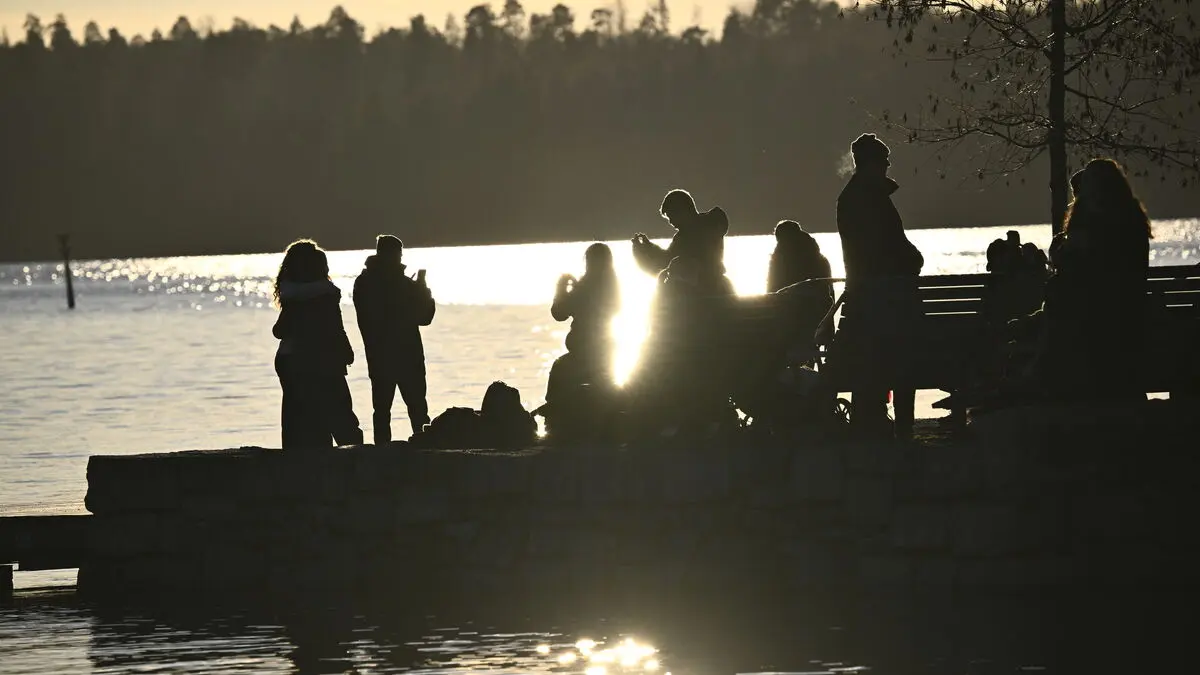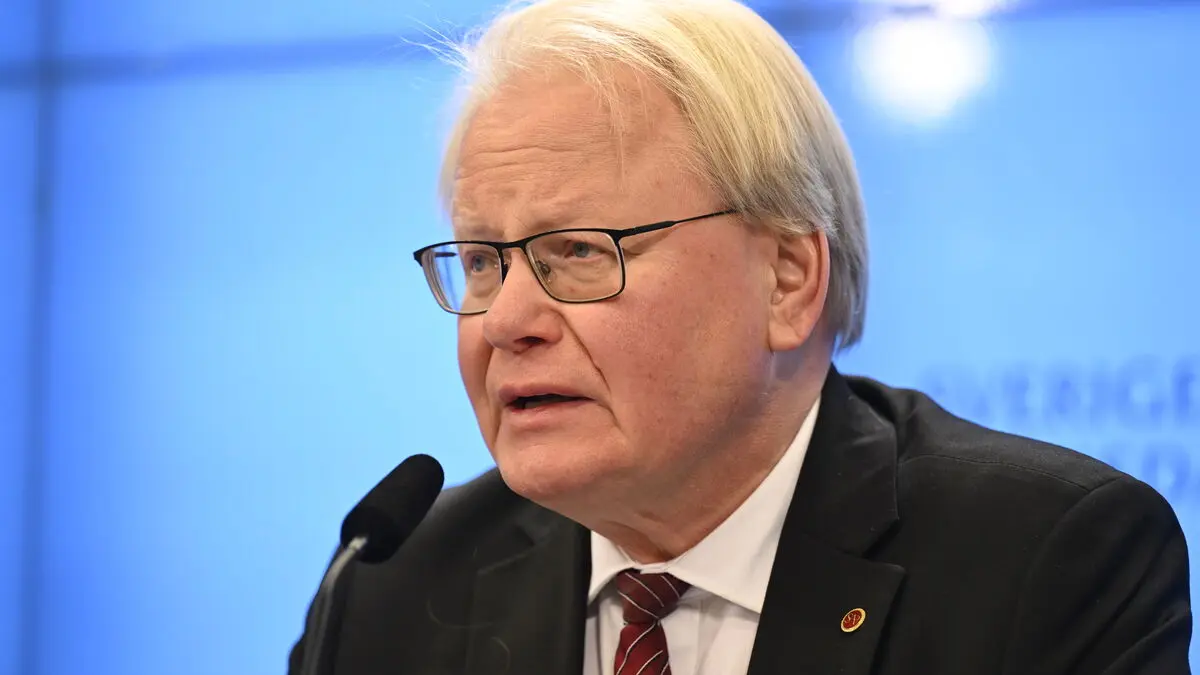We can see that criminals are directing traffic to Scandinavian countries where we have long coastlines, says the Danish Minister of Justice.
Just a stone's throw from him, across the Öresund, lies Helsingborg, whose port has been identified as a gateway for cocaine to northern Europe. As controls have been tightened in the EU's largest ports - Rotterdam, Antwerp and Hamburg - the criminal gangs have shown increasing interest in smaller ports.
Measures against narcotics
Hummelgaard hopes that small and medium-sized ports can learn from what the largest ports have done in terms of security work and how narcotics can be detected.
This is one of the topics when the EU's port alliance now meets in Helsingør in Denmark. The alliance was created last year to take measures against organized narcotics trade.
There is a great need for us to coordinate our efforts across governments, authorities, police, customs and not least private ports and suppliers, says Peter Hummelgaard.
In recent years, Swedish customs and police have carried out special operations around Helsingborg's port, which has resulted in large seizures, convictions and investigations that are still ongoing.
There is continued activity. There is nothing to suggest that the smuggling has stopped, says Sara Frenk, acting deputy head of the Customs Crime Unit South.
Lucrative cocaine trade
In the police cooperation Europol's latest report on serious crime in the EU, it is described how criminal networks adapt their routes and methods to reduce the risk of losing the cocaine.
It's our everyday life that they constantly change their modus operandi. There's a lot of money in the cocaine trade, so their imagination has no limits when it comes to us not finding it, says Sara Frenk.
It is still most common for cocaine to be transported in containers from South America. This makes Helsingborg, with its many deliveries of fruit and vegetables from South America, interesting. But Europol notes that it has become more common with drop-off, where ships release the narcotics at sea and small boats pick it up there. Sara Frenk is also familiar with the method, but says that drop-off is used more on the Danish side.





